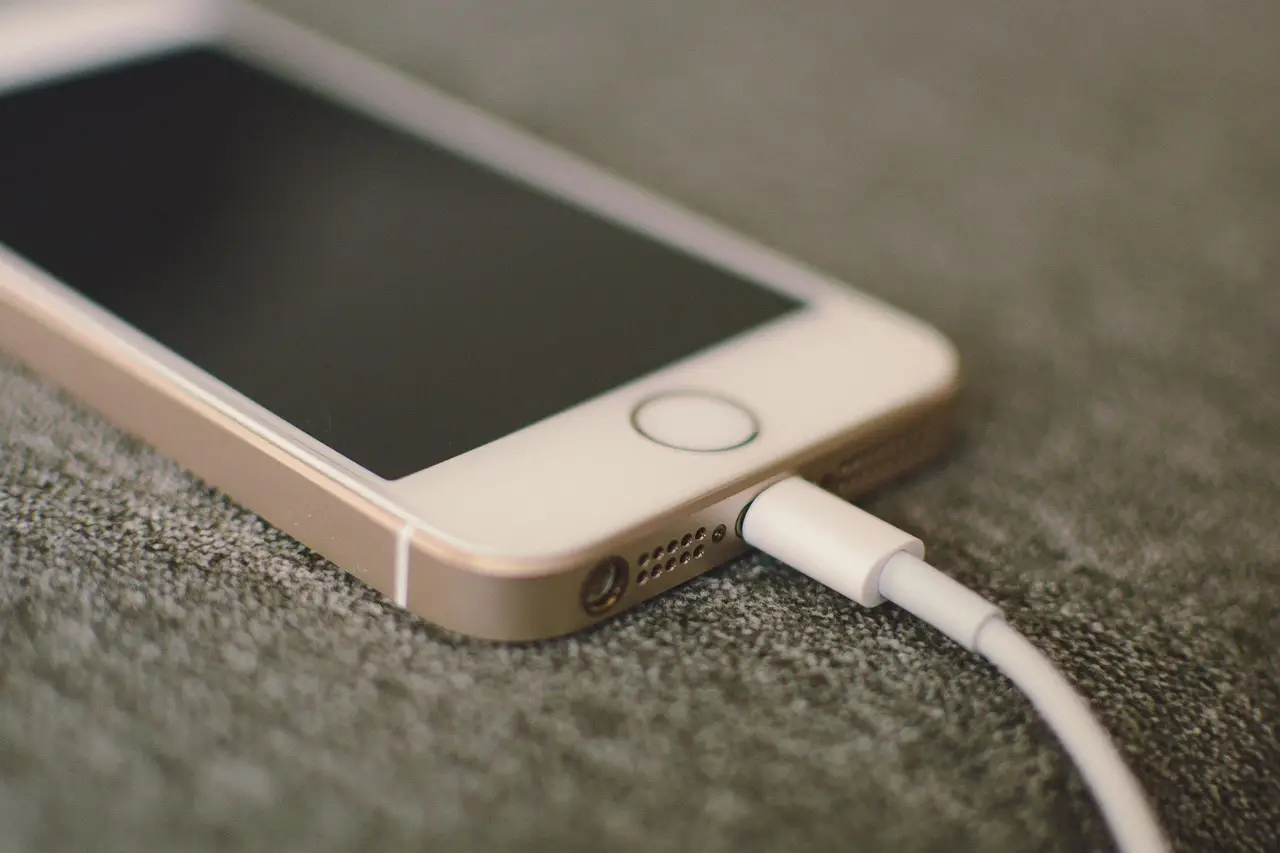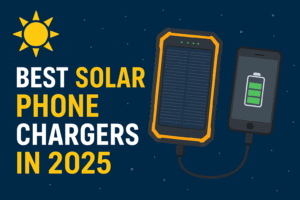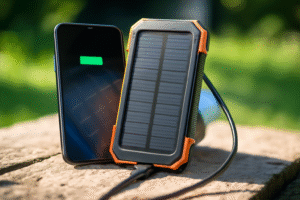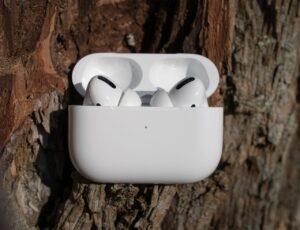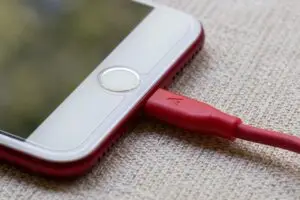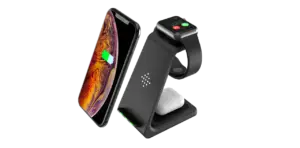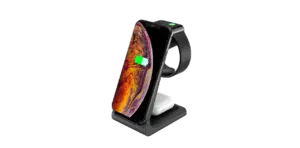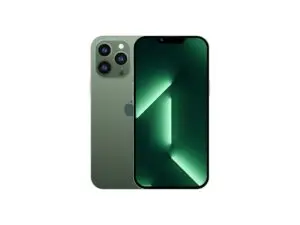Fast Charging vs Regular Charging is a debate that matters now more than ever in our fast-paced world where devices are our daily lifelines. As we rely more heavily on smartphones, tablets, and other gadgets, the need for fast and regular charging has become absolutely essential. You’ve probably noticed how one charger fills up your phone’s battery way faster than another—or maybe you’ve wondered if that speed comes at the cost of your battery’s long-term health. If these questions sound familiar, you’re exactly where you need to be.
Disclaimer: This post contains affiliate links. I earn a commission if you purchase through my links.
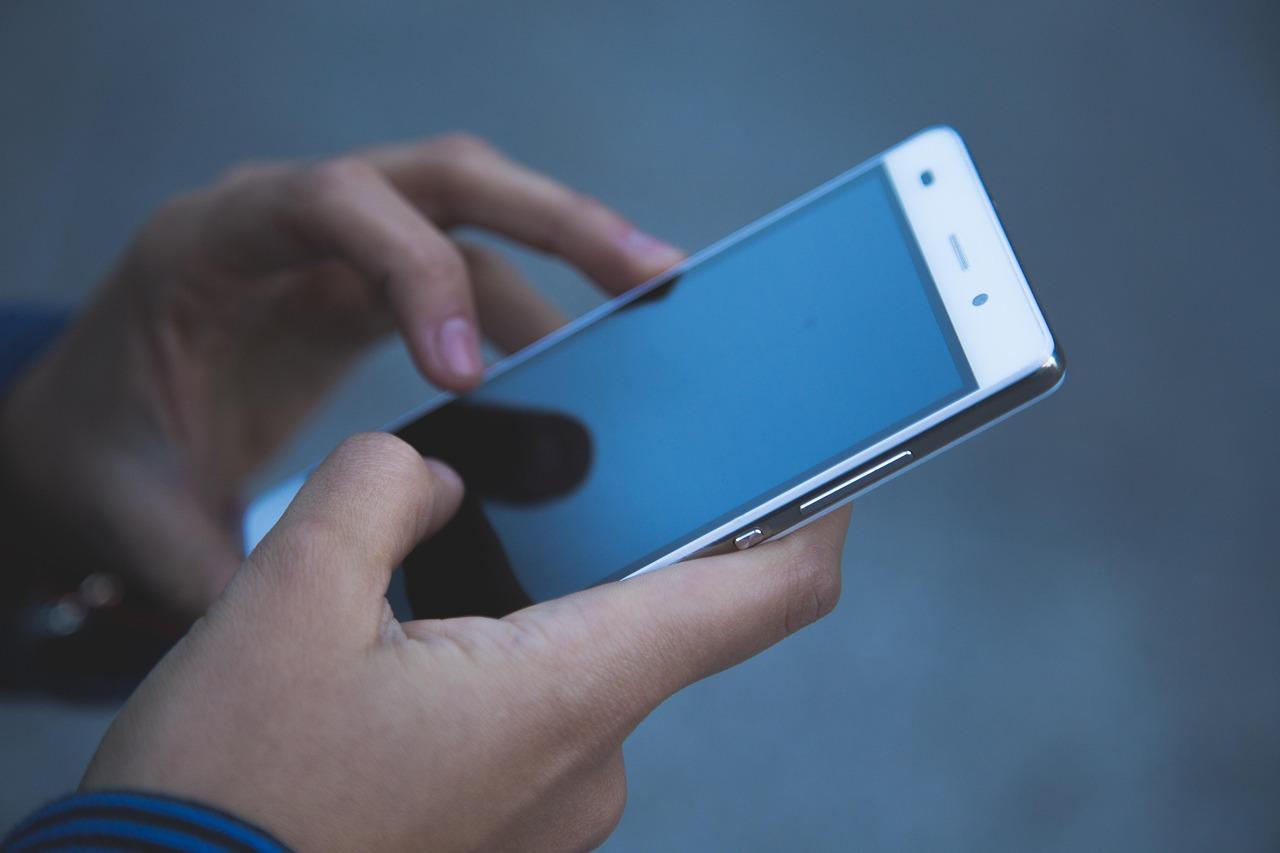
Introduction to Charging Technologies
1. Evolution of Mobile Charging
Let’s go back a little. Not so long ago, charging a mobile phone involved plugging it in overnight and hoping that it would be at 100% by morning. We began with beefy cables and sluggish wall chargers that provided a trickle of electricity. USB-A ports and vanilla 5V/1A chargers were standard. But as smartphones improved, so did expectations. Larger screens, high-powered processors, and power-guzzling apps called for more powerful power solutions.
The true change came with USB technology advancements—transitioning from USB-A to USB-C, and from low-wattage charging adapters to high-output chargers. Then companies such as Qualcomm, Apple, and Samsung started to release proprietary fast charging solutions. All of a sudden, a 30-minute top-up could provide you with 50-70% battery. Game-changer, yeah?
So, with the likes of “PD”, “Wattage”, and “Fast Charge” being tossed around, it is worth having a look at what actually changed beneath the hood.
2. Why Charging Speeds Matter Today
Time is money, and phone charging shouldn’t lose either. With remote work, travel, and constant digital existence, fast charging is not just convenience—necessity. You’re heading out, your phone’s at 10%, and you only have 20 minutes. Fast charging provides that energy surge without having to sit for hours plugged in.
Additionally, quick charging is used in more than just phones. Laptops, tablets, gaming consoles, and even electric cars use it. It’s no longer an optional feature—it’s becoming the norm.
Understanding Regular Charging vs Fast charging
1. Definition and Basics of Fast Charging vs Regular Charging
Fast charging, or regular charging, is the standard way of recharging your device through low wattage—usually 5V at 1A or 2.1A. This method gives your phone or device around 5 to 10 watts of power. It’s easy, it’s universal, and compatible with nearly every device.
These are the chargers found in older phones and standard USB ports. They don’t use special cables or sophisticated circuitry to work. Plug it in and wait—sometimes for two to three hours or more for a full charge.
It’s stable, consistent, and less prone to heating up your device. But with the increase in battery sizes (from 1,000mAh to more than 5,000mAh in most phones these days), charging time was getting ridiculously long.
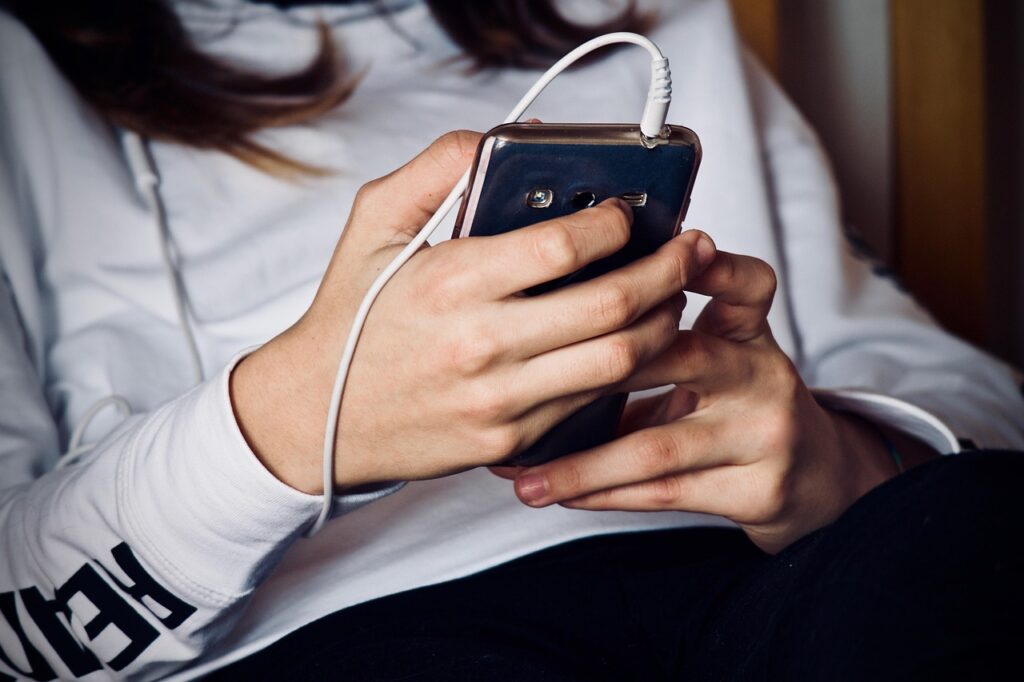
2. Charging Speeds and Limitations
The largest disadvantage here is speed. An ordinary 5W charger can take more than 3 hours to charge a new smartphone completely. And if you’re using your phone while charging it—surfing, streaming, or navigating—you’re hardly putting juice in the battery.
Yet another problem is energy loss. Ordinary recharging is not efficient, particularly in new devices that are optimized to work on higher voltage inputs. It can also lead to slow top-ups beyond 80%, which can be infuriating.
Also, not all cables are equal. Using cheap or older cables with standard chargers can slow the process down even more. Basically, regular charging is the “slow and steady” approach—not what you want when you’re in a hurry.
3. Pros and Cons of Regular Charging
Pros:
- Easy on battery health in the long run
- Broadly compatible with every device
- Uses less heat, reducing wear and tear
- Low cost
Cons:
- Extremely long charging times
- Not ideal for high-capacity batteries
- Wasteful in a crisis
- Not optimized for newer tech
So while the standard charging may still be okay for overnight recharging or low-demand devices, it’s usually inconvenient in our busy, always-on lives.
What is Fast Charging
1. Fast Charging Explained
Fast charging is all about speed. It amps up the power that’s supplied to your device in less time—usually between 18W and 100W or higher, depending on the technology. It’s designed to inject more energy into your battery quicker than normal techniques.
How is “fast”? Some devices charge your phone from 0% to 50% in 15-20 minutes. That is ideal for those who live life in transit. The technology is smart, usually modulating charging speeds based on battery level, temperature, and device compatibility.
This intelligent charging prevents delivering excessive power when your battery does not require it, which ensures battery health while achieving maximum convenience.
2. How Fast Charging Works
Put simply, rapid charging elevates voltage, amperage, or both. However, to avoid overheating or destroying the battery, it also uses special chips and firmware to control this flow.
A rapidly charging-compatible phone negotiates with the charger using a communication protocol. The two “speak” to agree on the maximum safe wattage to deliver. Upon agreeing, the charger feeds in higher power, which the device receives and processes internally.
For instance, USB Power Delivery (USB-PD) can provide up to 100W by boosting voltage from 5V up to 20V. Qualcomm’s Quick Charge can increase amperage to enable higher wattage without modifying voltage. It’s a synchronization between charger, cable, and device.
3. Types of Fast Charging Standards (USB-PD, Quick Charge, etc.)
Fast charging isn’t one-size-fits-all. There are different fast charging protocols used by various brands and ecosystems:
- USB Power Delivery (USB-PD): A common standard which can supply up to 100W. Used in smartphones, laptops, and tablets.
- Qualcomm Quick Charge (QC): Used in most Android phones. Provides several versions (QC 2.0, 3.0, 4.0+) with backward compatibility.
- Samsung Adaptive Fast Charging: Slightly different from QC but tailored for Samsung phones.
- Apple Fast Charging: Employing USB-C to Lightning cable and 18W+ adapters for iPhone 8 and later.
OPPO VOOC / SuperVOOC, OnePlus Warp Charge, Huawei SuperCharge: In-house fast charging technology with up to 240W in certain instances—ridiculously. Each standard is different in speed, voltage, and compatibility, so it’s important to employ the proper charger and cable for your device.
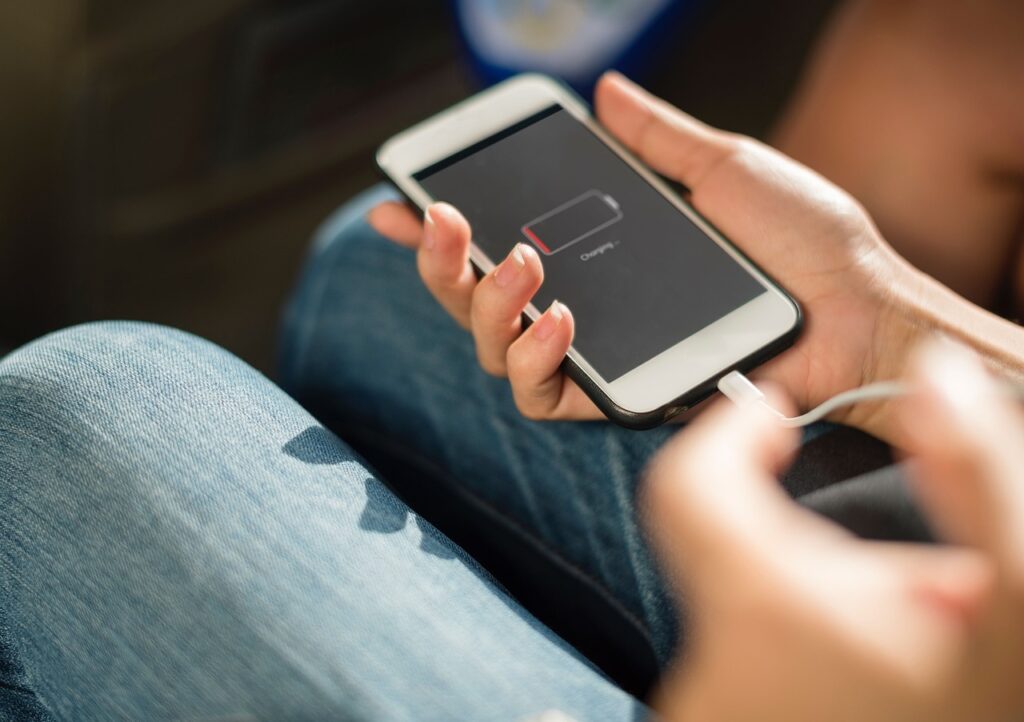
Main Differences Between Fast and Regular Charging
1. Comparison of Charging Speed
The most self-evident—and perhaps the most significant—disparity between rapid and standard charging is, naturally, speed. Standard charging typically pulls at 5W to 10W. That implies a phone with a 5,000mAh battery might take anywhere from 2.5 to 3.5 hours to charge to its full capacity. That’s a wait, particularly if you’re running low on power and need to get moving.
Now contrast that with fast charging. With 18W, 30W, or even 65W and above outputs, devices can be charged up to 50% in merely 15–30 minutes, with a full charge in less than an hour in most instances. In actuality, some high-end smartphones these days claim 100% charge in less than 25 minutes courtesy of ultra-fast charging technologies such as SuperVOOC or Warp Charge.
Let’s summarize in a concise table:
| Charger Type | Wattage | Time to 50% | Time to Full |
| Regular Charger | 5W–10W | 1 hour | 2.5–3.5 hours |
| Fast Charger (18W–30W) | 18W–30W | 20–30 minutes | 60–90 minutes |
| Super Fast (65W+) | 65W+ | 10–15 minutes | 25–45 minutes |
So if you’re someone always on the go, that time difference is a serious advantage.
2. Heat and Device Longevity
One of the biggest concerns people have with fast charging is: Does it damage my battery?
Here’s the thing. Fast charging does produce more heat than normal charging. That’s physics. And too much heat can break down a battery more quickly over time. But most fast-charging technologies used today incorporate smart thermal and power management schemes. They actively monitor temperature and manage power to prevent long-term damage.
Regular charging is more “gentle” in this respect. Since the power input is lower, the temperature stays cooler. This can contribute to better battery longevity in the long term, especially if you’re the type to leave your device plugged in overnight.
But here’s the catch: most contemporary devices are designed to tolerate fast charging. So although fast charging may put a bit more strain on your device over a few years, it’s negligible—provided you have certified chargers and don’t overheat your phone (such as leaving it inside a hot car when charging).
3. Cable and Adapter Compatibility
Something most people miss: not all cables and chargers are the same.
Basic chargers employ standard USB-A to micro USB or USB-C cables. These can handle lower power transfers and don’t require complicated internals.
Fast charging, however, necessitates compatible cables and chargers. With a low-quality or incorrect cable, you may never receive fast charging—despite your phone and adapter supporting it.
Examples:
- USB Power Delivery needs a USB-C to USB-C cable with high-wattage support (up to 100W).
- Quick Charge usually works via USB-A but requires a charger that is QC-certified.
- Apple Fast Charging requires a USB-C to Lightning cable and a minimum of an 18W USB-C adapter.
In short, fast charging only occurs when the charger, the cable, and the device all share the same standard. Otherwise, you’re reduced to normal speeds.
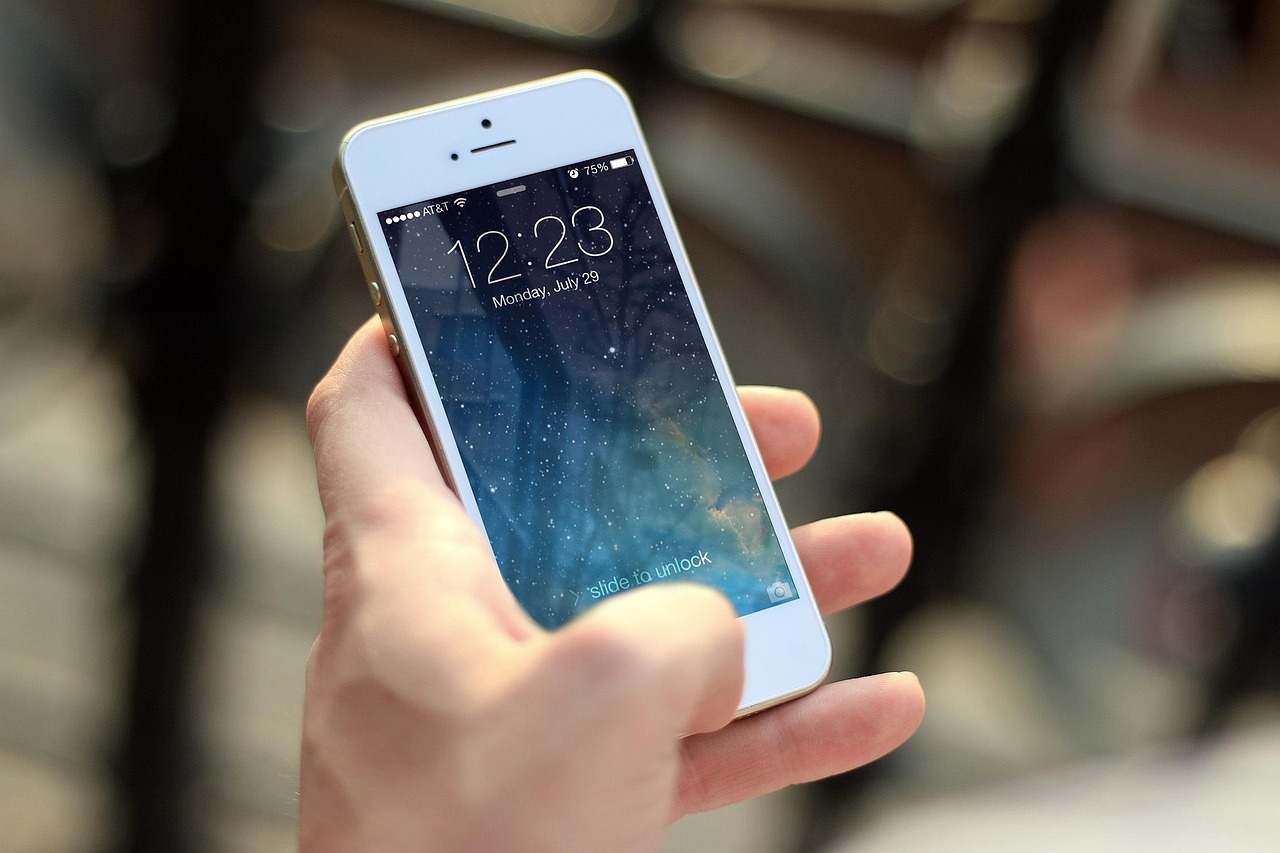
Benefits of Fast Charging
1. Time Efficiency
The largest benefit of fast charging? It saves you a serious amount of time.
Think about it: You wake up late, your phone’s at 12%, and you’ve only got 20 minutes until you leave. Plug it in a fast charger, and by the time you’re dressed and on your way to get coffee, you’ve got 50% battery life. That’s more than enough for half a day’s use for most folks.
Now compare that to normal charging. In 20 minutes, you may only get 10–15%—not even sufficient to last until lunch time without charging again.
Fast charging eliminates downtime. Whether in between meetings, stepping onto a plane, or going to the gym, it keeps you on your way with your device ready to go without having to sit by the wall waiting.
2. Travel and Emergency Use
Fast charging is actually a hero when you’re on the go. Airports, train stations, cafes—none of these have much in the way of outlets. Using a fast charger, you can quickly get what you need and release the socket for another person. It’s also just invaluable in the case of emergencies.
Power banks also include fast charging nowadays. That is, you can top up quickly on the move without needing a lot of heavy equipment. Some even have pass-through charging so that you can charge both your phone and power bank at the same time.
And in rural or developing countries with poor electricity supply, being able to top up in a hurry can be a lifesaver.
3. Optimization of Modern Devices
Almost all flagship phones of today are optimized for quick charging. Apple, Samsung, Google, Xiaomi, OnePlus—everyone has adopted high-wattage charging protocol. Quite literally, most phones these days have split battery cells, enabling quicker and more efficient power supply without heating up.
Software is involved, too. New phones have adaptive charging technology that reduces power input as the battery gets full. It keeps battery life healthy while still providing you with fast charging when you need it.
So if your phone was produced within recent years, then likely it already has some type of fast charging—and using it is actually the optimal way to charge.
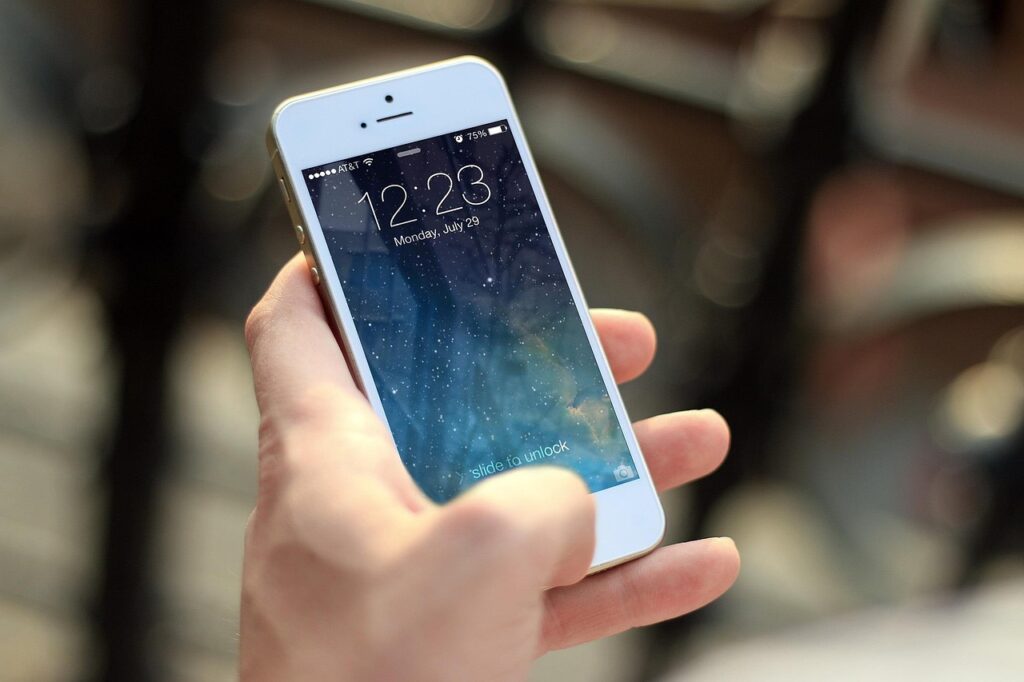
Disadvantages of Fast Charging
1. Possible Battery Degradation
Though new fast-charging tech is safer and more efficient than ever, it’s not without its downsides. One of the largest issues is battery degradation with age. Why? Because forcing more voltage and current into a lithium-ion battery produces more heat—and heat is a battery’s arch-nemesis.
While smartphones now have sophisticated power management systems that limit damage, repeated fast charging, particularly to 100%, can slowly deplete your battery’s life. Over a year or two, this can cause noticeable battery capacity loss. Your phone may begin to die more quickly, and the 100% charges won’t last as long as they initially did.
Now, is it a deal-breaker? No. However, if you’re one of those users who charge your phone several times in a day with the help of ultra-fast charging, it’s worth keeping an eye on your battery health. Some brands have features such as “optimized charging” or “battery care mode” to decelerate when fast charging isn’t needed—use them.
2. Device and Charger Compatibility Issues
Fast charging can be a compatibility minefield. There’s no one protocol for fast charging that all devices and manufacturers adhere to. What this means is:
- You might have a phone with fast charging capability but your charger does not.
- Your charger could be fast but your cable doesn’t transfer high wattages.
- You could be using a vendor-specific standard such as VOOC or Warp Charge, which is incompatible with generic fast chargers.
This can cause frustration and confusion. You might believe that your phone is charging at top speed, but it’s not. Unless you double verify specs and use original equipment or certified accessories, you may not receive the full advantage.
3. Increased Cost of Accessories
Another con? Fast-charging accessories tend to be pricier. OEM fast-charging chargers cost between $20 and $60, depending on the manufacturer and wattage capacity. Cables that support USB-PD or Quick Charge protocols are also more expensive.
And if you need a fast-charging power bank? Plan on spending a lot more than entry-level models.
While this expense might be inconsequential to some, for price-conscious consumers or families with multiple devices, it will quickly escalate.
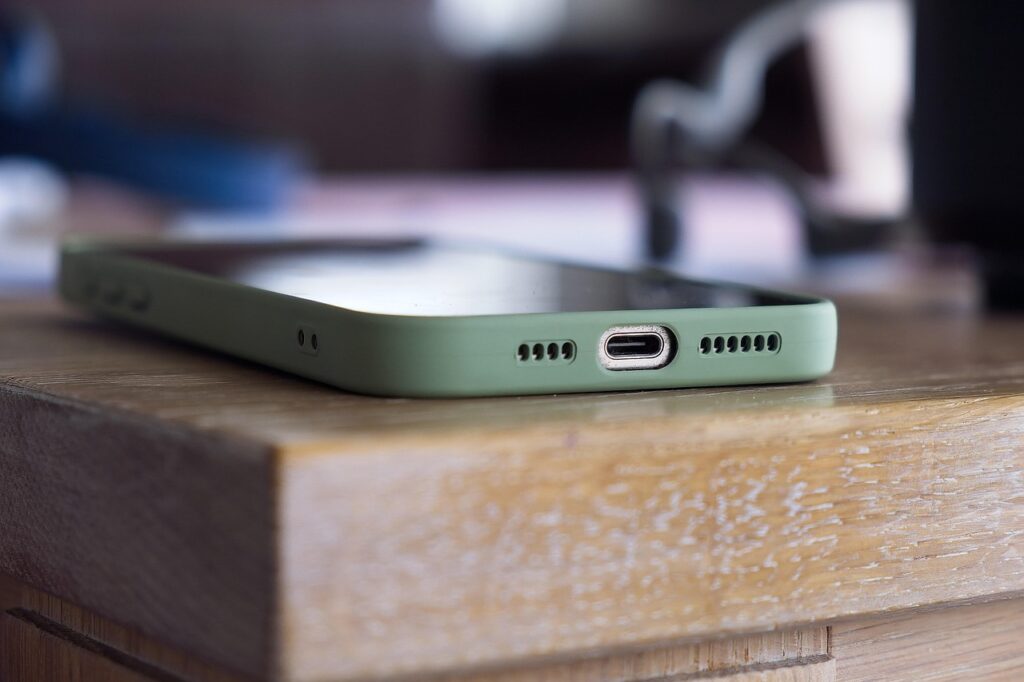
When Should You Use Fast Charging vs Normal Charging?
You’re in a hurry and need power fast.
- You’re on the go or traveling.
- Your battery is low and you don’t have much time to charge up.
- You use resource-intensive apps or use many applications simultaneously.
- You have a device that’s especially designed for fast charging.
Use Regular Charging When:
- You’re charging overnight (slow charging is better for long sessions).
- You want to preserve long-term battery health.
- Your phone is older and not designed for high-wattage input.
- You don’t need a fast top-up and have time to spare.
Briefly, fast charging is best in situations where speed is of utmost importance, and standard charging is best for battery calibration and overnight charging. Most users take a half-and-half strategy: fast charge during the day, standard charge overnight.
Tips to Optimize Battery Health with Fast Charging
1. Don’t Always Charge to 100%
Lithium-ion batteries are most content between 20% and 80%. Constantly charging to 100%—particularly with quick charging—gradually wears down the battery. Most smartphones these days have an option to charge limit in the settings. Make use of that option if present.
2. Don’t Charge in High Temperatures
Charging your phone while it’s hot, such as in the sun or in a vehicle, speeds up battery degradation. If your phone overheats while fast charging, disconnect it, let it cool off, and attempt again.
3. Use Original or Certified Chargers
Avoid buying off-brand fast chargers from unknown brands. They may not support proper voltage regulation, which can damage your device or even cause fire hazards. Use original or trusted third-party brands certified for your phone.
4. Turn on Battery Optimization Features
Modern phones often come with options like “optimized battery charging”, “adaptive charging”, or “smart charging”. These features control charging speed and prevent wear over time. Make sure they’re turned on in your settings.
5. Use Fast Charging Only When Needed
If you’re not in a hurry, use a standard charger. This balances your charging habits and helps extend your battery’s usable lifespan.

The Future of Charging Technologies
Charging tech is evolving fast—pun intended. We’re already seeing innovations like wireless fast charging, reverse wireless charging, and gallium nitride (GaN) chargers that are smaller, more efficient, and capable of delivering up to 240W of power.
Here are some emerging trends:
GaN Chargers: More compact and heat-resistant than traditional silicon-based chargers.
Over-the-Air Charging: Still in its infancy, but might enable you to top up your phone without the need to plug it in or put it on a pad.
Battery Technology Advances: Solid-state batteries might one day take over from lithium-ion, providing greater capacities and quicker, safer charging.
These innovations hold promise for making charging faster, safer, and easier than ever—maybe even invisible.
Conclusion
So what is the actual difference between fast charging and normal charging? It’s speed, convenience, and compatibility. Fast charging saves you time and keeps you connected in the fast-paced digital age. Normal charging, though slower, can be kinder to your battery and still has its utility—especially for overnight charging or low-usage situations.
The best approach? Use fast charging wisely. Combine it with good charging habits and keep your accessories up to date. That way, you’ll enjoy the benefits of speed without sacrificing your device’s long-term health.
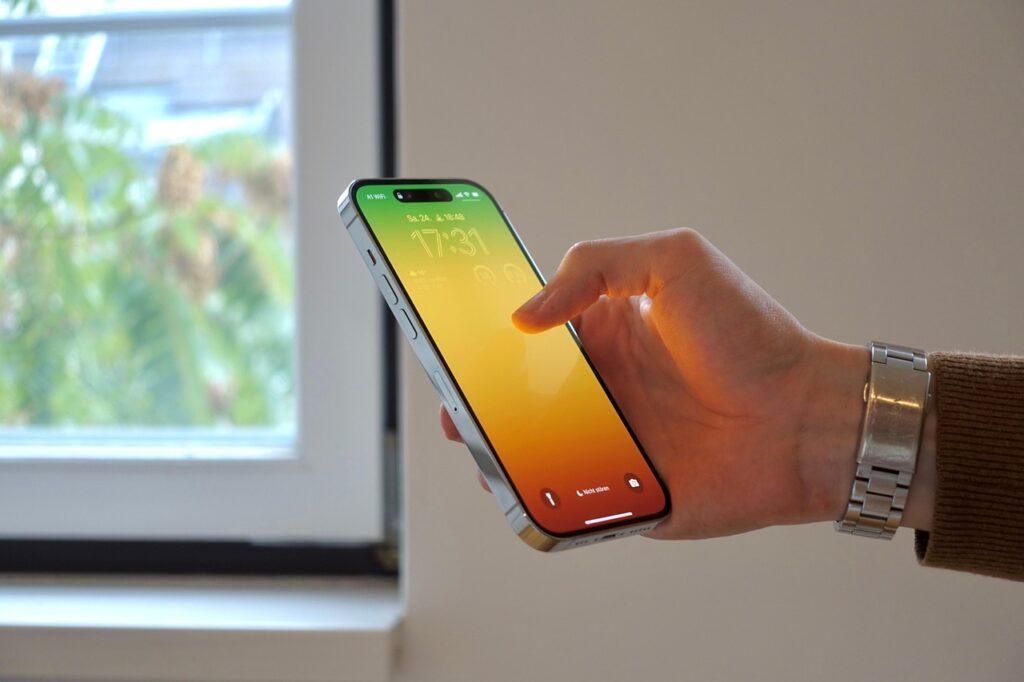
FAQs
Q 1: Does fast charging ruin your battery?
Ans : Not necessarily. While fast charging generates more heat, modern devices have smart power management systems that mitigate long-term damage. Just avoid overheating and always use certified chargers.
Q 2: Is it possible to use a fast charger in a phone that does not support it?
Ans : Yes, but it will charge at normal speed only. Fast charging is possible only when the charger and device both support the same protocol.
Q 3: Is it safe to charge my phone overnight?
Ans : Yes, but it’s more efficient to use an ordinary charger. Most phones cut off at 100%, but topping off the battery can wear it out gradually over time.
Q 4: What is optimal wattage for fast charging?
Ans : It varies by device. For phone, 18W to 30W should be adequate. For tablets and laptops, 45W to 100W is best. Always refer to your device specifications.
Q 5: Is wireless charging slower than wired fast charging?
Ans : Yes. Even the most rapid wireless chargers are typically slower than wired fast chargers because there is energy loss and heat dissipation.
